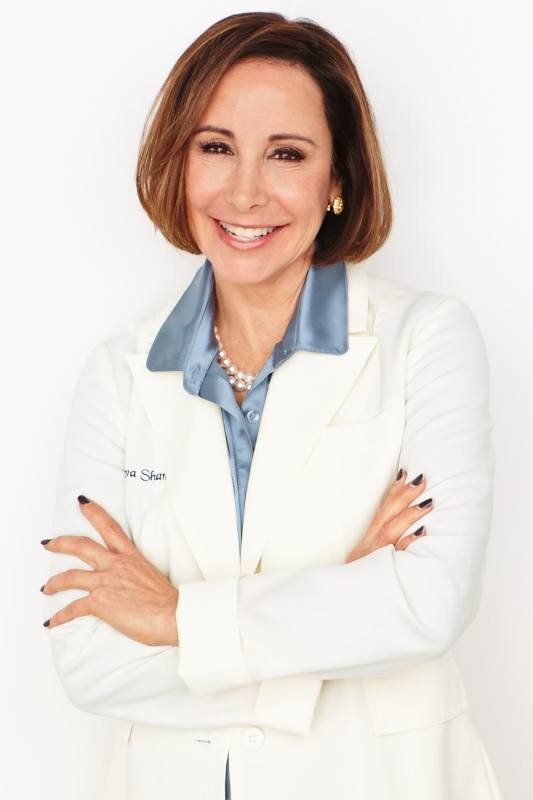- Case-Based Roundtable
- General Dermatology
- Eczema
- Chronic Hand Eczema
- Alopecia
- Aesthetics
- Vitiligo
- COVID-19
- Actinic Keratosis
- Precision Medicine and Biologics
- Rare Disease
- Wound Care
- Rosacea
- Psoriasis
- Psoriatic Arthritis
- Atopic Dermatitis
- Melasma
- NP and PA
- Skin Cancer
- Hidradenitis Suppurativa
- Drug Watch
- Pigmentary Disorders
- Acne
- Pediatric Dermatology
- Practice Management
- Prurigo Nodularis
- Buy-and-Bill
Article
Treating the millennial face
Author(s):
Millennials think of aesthetic treatments no differently than other beauty appointments, according to Dr. Ava Shamban. These are their top facial concerns.
Dr. Shamban

How should aesthetic physicians approach treatment plans for millennials vs. the older generations? Ava Shamban, M.D., CEO of Skin Five, Los Angeles, Calif., says it all has to do with understanding your patients’ needs.
Unlike the older generations, Dr. Shamban says millennials think of aesthetic treatments no differently than other beauty appointments.
“They view all of these treatments the same as if they were getting their hair cut or their nails done,” she says.
And they’ve done their research.
“The millennial patient is a more sophisticated consumer than any generation prior to this and this is because they're more educated; they're more informed,” says Dr. Shamban who presentated on the topic at Maui Derm 2020.
Mostly interested in minimally invasive procedures, the most popular Millennial patient concern areas include the lips, jawline and facial lines and wrinkles.
“Surgery - no one wants to do it anymore. The downtime, the risk and [unlike] in the past, we're doing [rhinoplasty] with filler, a liquid rhinoplasty,” says Dr. Shamban.
Having an undefined jawline, which Dr. Shamban refers to as a "jeck" - a combination of jaw and neck - is one of the concerns that she says is a frequent patient complaint.
“Using a combination approach of absorbable sutures, filler and sometimes fat removal - which can be done either with injectable or with one of the devices that removes the fat such as CoolSculpting - can really get rid of the ‘jeck’ no matter what your age,” she says. “The older millennials, they're actually 38 years old. They're looking dead ahead at 40. This age group is looking at the absorbable threads or absorbable suture materials to tighten up the jawline and actually start to lift it up a little bit.”
Along with correcting the "jeck," she says that millennials “...want to have lips to love. They don't want to have a frown; they want to feel happier.”
Dr. Shamban notes interest in aesthetic treatments for younger patients largely comes from the popularity of social media and the conversations shared about cosmetic treatments.
“Millennial trends are huge in dermatology, both from people sharing on social all of their treatments for acne, all of their skincare regimens or if they have any problems with pigmentation, whether their skin is getting a brown spot after an acne. The millennial population is much more savvy with what's available to them,” Dr. Shamban says. “…they see on social media that this can be treated.”
She suggests that physicians shouldn’t hesitate to create a treatment plan for their younger patients.
“I would suggest that people shouldn't be afraid to discuss the entire palette of offerings that we have to help treat things that us boomers may feel are more inconsequential, but to a millennial, because they’re photographed so often and they are so connected to their appearance, can be devastating,” she says. “Even if it's just a light spot or a tiny little wrinkle, these concerns should be addressed because it's very important to everyone’s self esteem and confidence as they go through their lives.”





